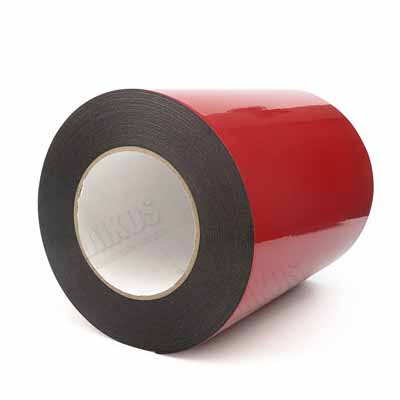Thermal pads are an essential component in the electronics industry and have become increasingly popular over the years due to their ability to conduct heat away from high-temperature components. These pads are made using high-quality materials capable of efficiently reducing high temperatures and are used to provide enhanced thermal management in many electronic applications, including central processing units (CPUs), graphic processing units (GPUs), and other electronic components.
Thermal pads are known for their unique features, making them an essential solution for efficient heat dissipation. Firstly, these pads are made using high-performance materials such as silicone, polyimide, and ceramic, which are excellent conductors of heat. Secondly, they offer a high degree of conformability, which helps to reduce any air gaps and provides an enhanced thermal performance. Finally, thermal pads are available in different thicknesses and sizes, which allow for usage in various applications and designs.
Thermal pads are used in different electronic components, including CPUs, GPUs, power supplies, and other high-power electronic components. One of the critical functions of thermal pads is to transfer heat from the electronic components to heat sinks or metallic bodies, which act as a cooling system to dissipate the heat effectively. These thermal pads are also used in smartphones and laptops, which help keep the temperature of these devices in check and prevent overheating that could damage the electronic component.
In addition, thermal pads are used in LED lighting systems, where they dissipate the heat generated by LEDs during operation. These pads help to ensure the optimal operation of the lighting system by providing a thermal conduit from the LED chip to the heat sink. Finally, thermal pads also have applications in the automotive industry, where they are used in electric vehicles and hybrid vehicles to prevent thermal overload and ensure efficient cooling of critical components.
Thermal pads are an essential solution for efficient heat dissipation in many electronic applications, including CPUs, GPUs, power supplies, and other high-power electronic components. These pads are made using materials that are excellent conductors of heat and offer a high degree of flexibility, which ensures optimal thermal performance. Furthermore, thermal pads are available in different thicknesses and sizes, making them an ideal solution for various electronic designs and applications. As technology continues to advance, the use of thermal pads will only continue to increase, as they remain a reliable and cost-effective solution for efficient heat dissipation.




